1. Baby Monitors with AI

Smart baby monitors today use AI to track breathing, temperature, sleep patterns, and alert parents when something seems off. Modern monitors like Nanit Pro and Yanko Design come with AI-driven sensors that watch a baby’s breathing and movement without direct contact. For example, Nanit’s camera combined with wearable accessories can log breathing rates and send instant alerts if irregularities are detected. This means parents get real-time insights and peace of mind even during deep sleep hours. These devices go beyond alerting, they also offer detailed analytics. The CuboAi monitor can track sleep trends and body temperature over days, highlighting patterns or sudden changes. All this data helps parents understand and support their baby’s health and sleeping habits better.
2. App‑Connected Toothbrushes

Kids’ toothbrushes now connect to apps that turn brushing into interactive games while collecting brushing data. Brushes like Colgate Magik, Playbrush, and Philips Sonicare for Kids use sensors and apps to turn brushing into a game. The Colgate Magik app, for instance, uses augmented reality to guide kids through brushing routines, rewarding them with fun animations and masks as they clean every part of their mouth. These games help maintain good habits by making brushing fun instead of a chore.
Research shows this gamified approach significantly improves oral care in children. One study found that brushing apps using time goals, characters, and rewards boosted routine and consistency in kids’ dental hygiene. By making oral care engaging, these tools can foster lifelong healthy habits from a young age.
3. Smart Toys That Chat
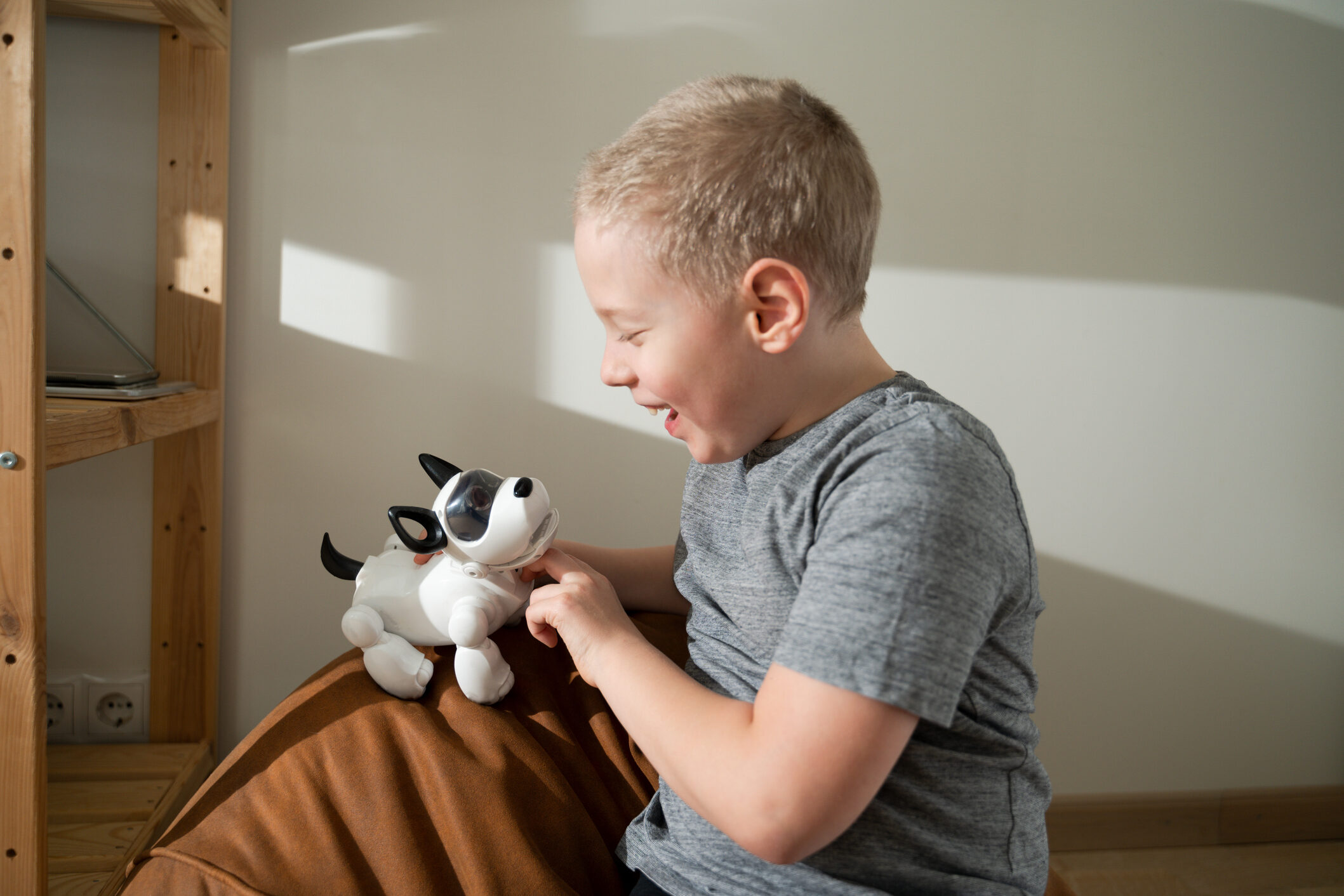
From talking dolls to interactive robot toys and smart speakers, toys now listen, learn, and respond back. Smart toys like Alexa-enabled plushies or AI-powered dolls can have real-time conversations with kids. These toys detect speech and react with programmed replies, which mimic social interaction. It feels like playing with a friend, or maybe a mini digital sibling. While this interaction comes with benefits, like boosting language skills, it also raises privacy questions. Everything kids say may be recorded or saved in the cloud. Parents need to know how these devices store data and use parental controls to protect their kids’ privacy.
4. Screen Time from Toddler to Adult
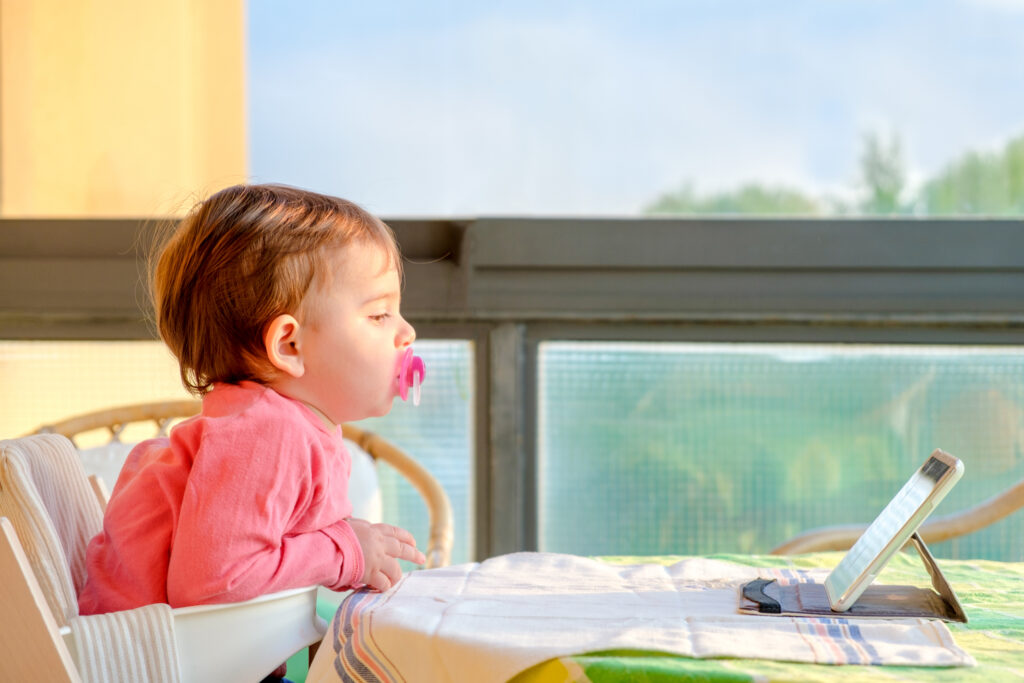
Many children are introduced to screens before they learn to walk, via tablets, story apps, and interactive videos. Toddlers now use kid-tailored tablets and apps that play educational videos or interactive stories. These tools are made for young minds, offering sensory feedback and engagement that traditional books don’t. For many parents, tablets help occupy or calm infants, even as early as a few months old. But experts warn about too much screen time for little ones. The American Academy of Pediatrics recommends limited exposure for infants under 18 months due to possible delays in language and attention. It’s smart to balance screen use with face-to-face play and human interaction.
5. GPS‑Tracked by Design
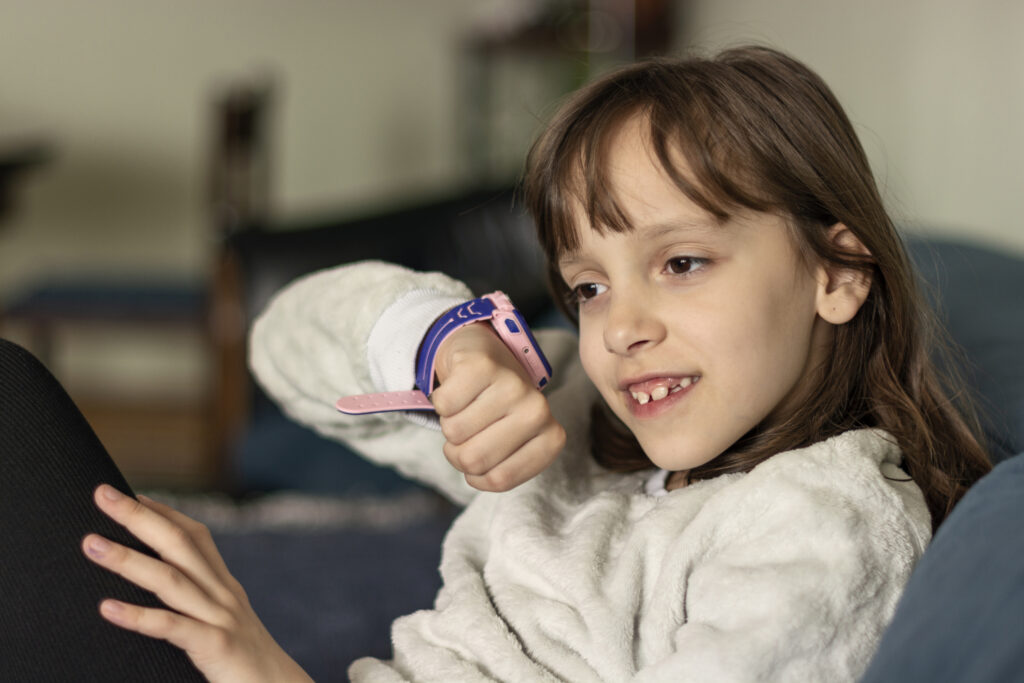
Kids today often wear GPS‑enabled smartwatches or phones so parents, and tech companies, always know where they are. From toddler watches to family-tracking features in smartphones, geo‑location tools have become standard. Parents can check a live map of their child’s position anytime. This adds comfort, especially for busy or traveling families. But this constant tracking isn’t benign: besides giving parents peace of mind, it also generates a constant stream of location data. That data often lives in the servers of Big Tech companies. Parents should review privacy settings and data retention policies to control who sees and stores their child’s whereabouts.
6. Drawings Turn Into Animations
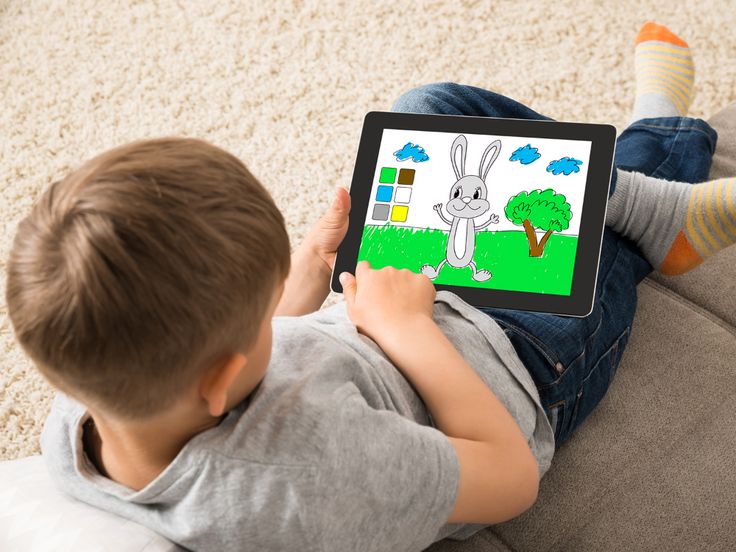
Kids use AI apps to bring their sketches to life with animation and voice. Apps like AniMagic and Animated Drawings let children scan or upload their doodles and instantly see them move, dance, or even talk. For example, AniMagic transforms simple drawings into animated characters in seconds, no special skills needed. In classrooms, teachers are also using tools by Meta to animate student art as part of storytelling lessons. This tech isn’t just fun, it nurtures creativity and confidence. When kids see their creations come to life, they learn cause and effect, storytelling, and digital literacy early on. Plus, these apps make art more dynamic, a traditional drawing evolves into a vivid, shareable video.
7. Voice Assistants as Siblings
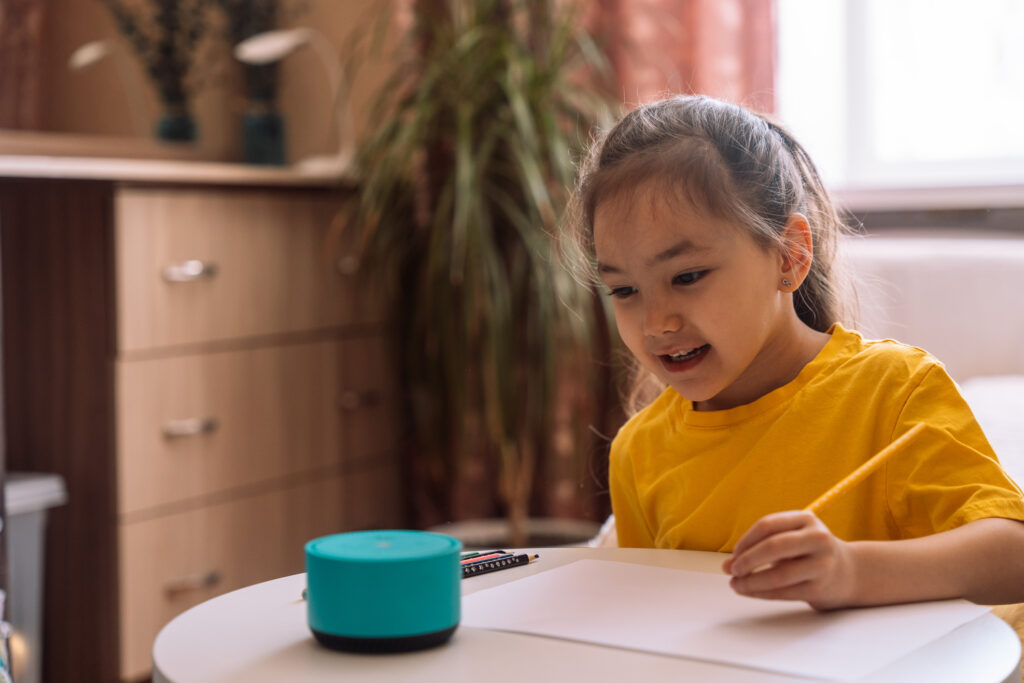
Children today navigate voice assistants like Alexa or Siri as easily as having a chat with a friend. From a young age, kids ask Echo or Home devices for jokes, homework help, or the weather. These assistants respond conversationally, making them feel like part of the family. Many children master phrases like “Hey Siri, play lullabies” before they even read. This familiarity with smart speakers shows how seamlessly voice tech integrates into daily routines. On the flip side, parents and experts emphasize digital safety. Keeping voice assistant features in children’s mode and checking activity history helps ensure voice commands and data remain appropriate and secure. These smart “siblings” offer convenience, but they also come with responsibilities.
8. Avatars Before Opinions
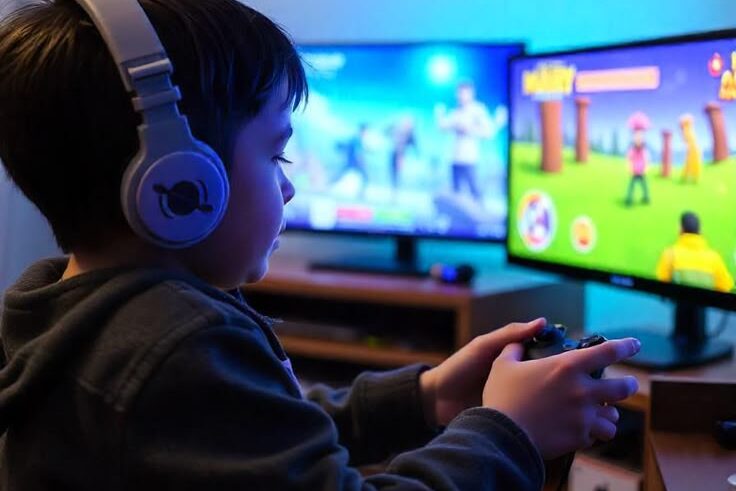
Children are creating digital alter-egos on platforms like Roblox, Bitmoji, and gaming skins before they hit double digits. By using avatars, kids explore identity, creativity, and social connection in virtual spaces. Platforms like Roblox let them pick hairstyles, outfits, and accessories, even before middle school. These virtual characters let children express themselves in a safe environment and interact with friends around the globe. However, avatar culture also raises awareness about digital footprints and in-game spending. Parents are encouraged to discuss privacy settings, teach about virtual transactions, and ensure their child’s online persona aligns with real-world values.
9. Facial Recognition in Class
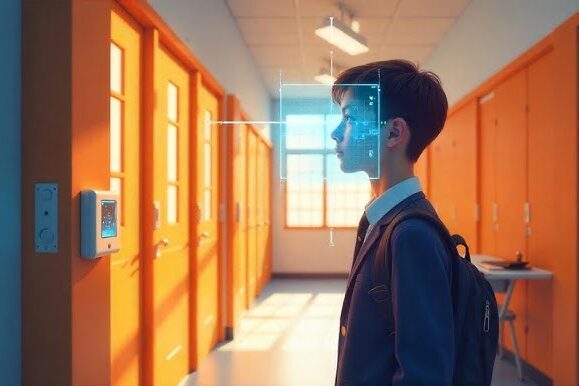
Some schools now use facial recognition or AI tracking to automate attendance and monitor test-taking. Systems like Trakom’s or Navex use cameras to identify students as they enter the classroom or board the bus, marking attendance automatically. This saves teachers time, reduces paperwork errors, and aims to improve safety by tracking who is on campus. But these systems spark heated debates. Privacy advocates worry about constant surveillance and biased recognition, particularly among minorities. With some regions banning the tech and parents divided, schools must balance efficiency and security against consent and fairness concerns.
10. Video Chat is Second Nature
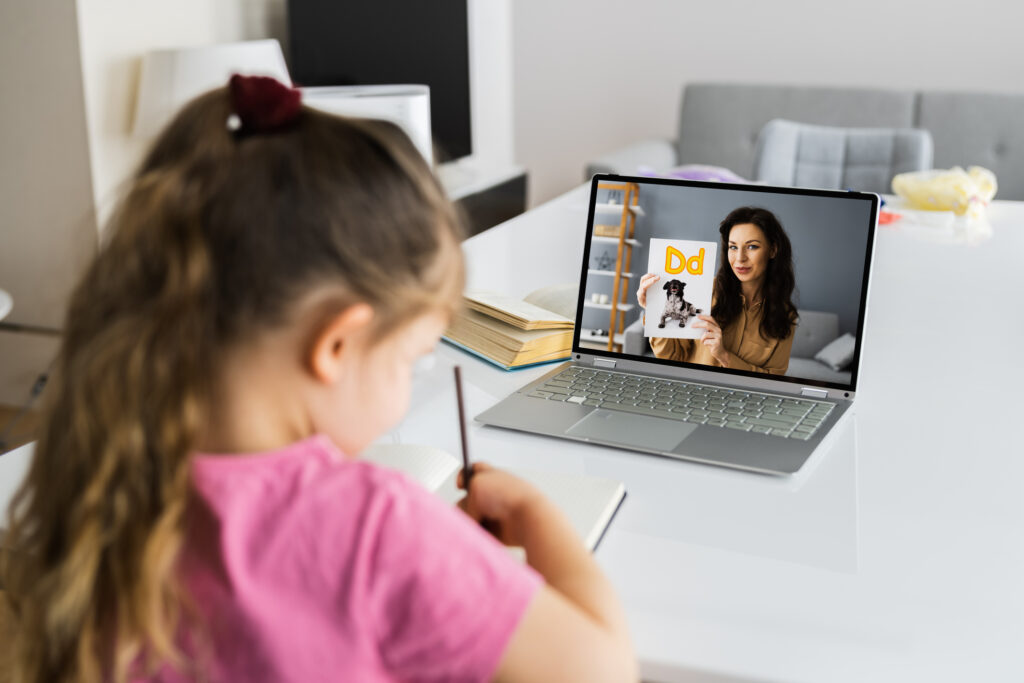
For kids today, video calls are as normal as chatting on the phone. Whether connecting with grandparents, attending online classes, or talking to far-away friends, children navigate Zoom or FaceTime effortlessly. Video chat is woven into their interactions, school projects, birthday parties, even homework help often happens over a screen. This trend accelerated during the pandemic and has stuck ever since. Still, this early immersion raises important points about digital etiquette and screen fatigue. Parents and educators encourage kids to take regular screen breaks, use Zoom responsibly, and learn respectful video behavior, like muting when needed and maintaining eye contact with the camera.
11. Early Coders at Play
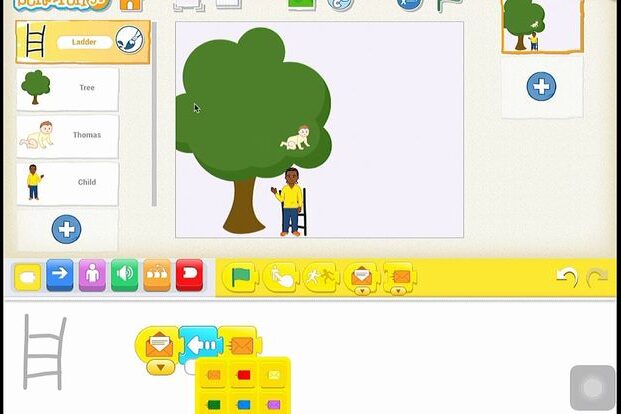
Many kids are writing code with Scratch, Minecraft, and robotics tools well before age 10. Scratch, a block-based language from MIT’s Media Lab, turns children’s ideas into interactive games and stories. It removes syntax hurdles, letting kids focus on logic and creativity. As of 2023, Scratch has over 103 million users and 1.15 billion projects shared, showing its global popularity. It builds skills like problem-solving, computational thinking, and planning by having children break tasks into smaller code blocks, exactly what makes logic fun.
Other platforms like ScratchJr (for ages 5–7) and Minecraft modding labs teach basic programming and automation. Kids create animations, logic puzzles, or game mods. Reddit educators note that even first-graders in STEAM labs are learning the foundations of programming and robotics by tinkering in both Scratch and Minecraft. This early exposure lays a strong foundation for future tech learning and creative problem-solving.
12. Digital Life from Day One

Children today often begin building their online presence before they’re even born. Parents frequently share ultrasound photos and pregnancy milestones on social media, giving children a digital identity before birth. These prenatal posts contribute to a growing trend called “sharenting,” which sometimes introduces privacy and identity risks, like digital kidnapping or identity theft, even before a child enters the world. Research shows that by age two, 92% of children in the U.S. already have a digital footprint due to early sharing and online exposure.
As kids grow up, nearly every milestone, first words, first day of school, is often captured and posted online. While this digital scrapbooking can build family memories, it also creates permanent records accessible to schools, future employers, or strangers. Studies highlight risks like embarrassing content affecting self-esteem, and experts warn that digital permanence can impact college admissions, job prospects, and consent autonomy later in life.
This story 12 Ways Kids Today Are Basically Cyborgs was first published on Daily FETCH


